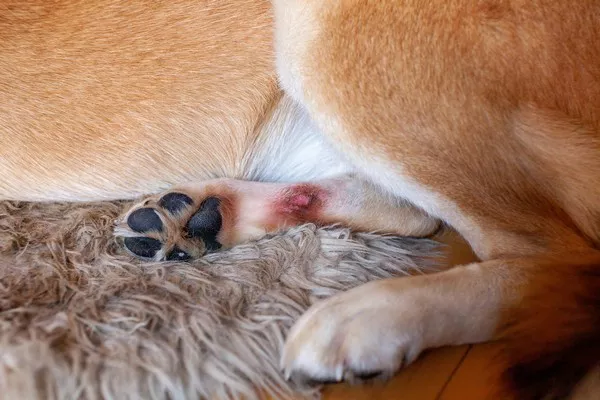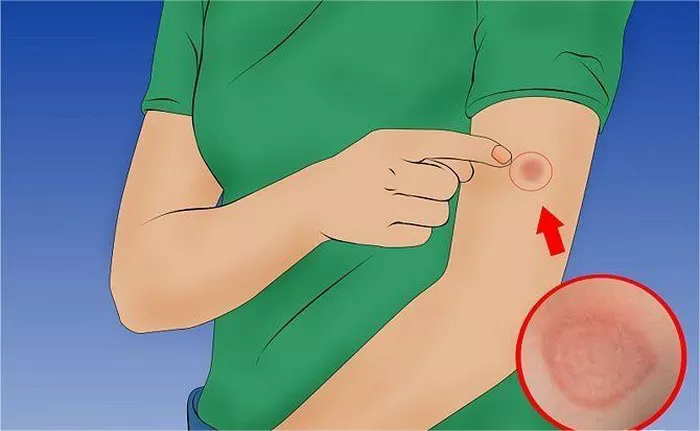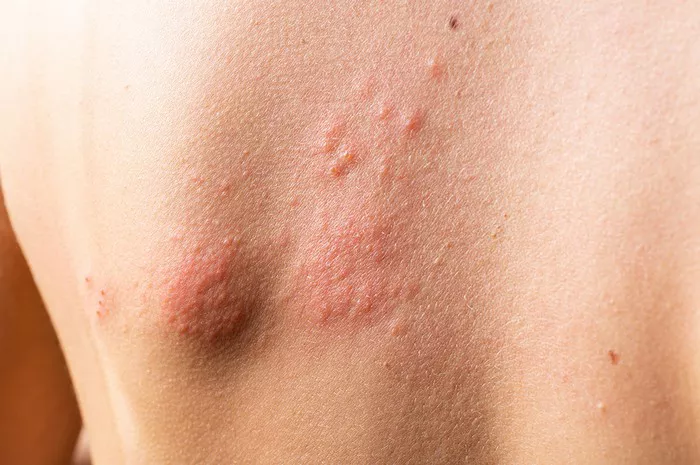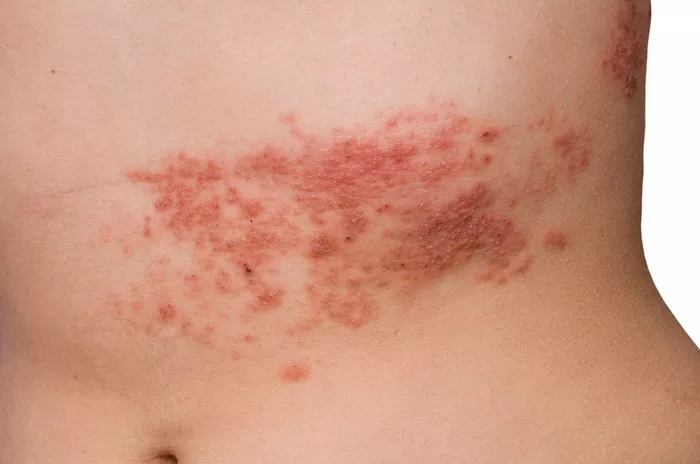Tinea is a common skin infection that affects many people around the world. It is caused by a type of fungus known as dermatophytes. Understanding tinea and how it spreads, as well as how to treat it, is important for managing the condition effectively. This article will explore whether tinea is a fungus, what it is, its symptoms, and how it can be treated.
What Is Tinea?
Tinea is a term used to describe a group of fungal infections that affect the skin, hair, and nails. These infections are caused by dermatophytes, which are fungi that thrive on keratin, a protein found in the outer layer of the skin, hair, and nails. Tinea infections are often referred to by different names depending on where the infection occurs on the body. For example, tinea corporis refers to an infection on the body, tinea pedis affects the feet (commonly known as athlete’s foot), and tinea capitis affects the scalp.
Is Tinea a Fungus?
Yes, tinea is caused by a type of fungus. The fungi responsible for tinea are dermatophytes, which belong to three main genera: Trichophyton, Microsporum, and Epidermophyton. These fungi live on the dead outer layers of the skin and other keratin-rich tissues. Dermatophytes can be found in various environments, including soil, animals, and humans.
These fungi can survive in warm, moist conditions, making places like locker rooms, swimming pools, and public showers common areas for infection. Tinea is contagious and can spread from one person to another through direct skin contact or by sharing contaminated items like towels, shoes, or hairbrushes.
How Does Tinea Affect the Skin?
When dermatophytes infect the skin, they cause irritation and inflammation. The infection typically begins as a small patch of redness or scaling that gradually expands. As the fungus spreads, it can cause the skin to become itchy, flaky, and sometimes even cracked. The infected area may also become swollen or blistered.
The severity of tinea infections can vary. Some people experience mild irritation, while others may develop more serious symptoms, including pus-filled blisters and open sores. If left untreated, tinea can spread to other parts of the body or lead to secondary bacterial infections.
Common Types of Tinea Infections
Tinea infections can affect different areas of the body. Here are some of the most common types:
Tinea Pedis (Athlete’s Foot): This is one of the most common tinea infections, affecting the feet. It usually causes itching, redness, and peeling of the skin, particularly between the toes. Athlete’s foot can also lead to cracked skin and blisters.
Tinea Corporis (Ringworm): This type of tinea infection occurs on the body, typically as round, red, scaly patches. The patches often have a raised border that may resemble a ring, which is why the infection is commonly called “ringworm.” It can affect various parts of the body, including the arms, legs, and torso.
Tinea Cruris (Jock Itch): This infection affects the groin area, inner thighs, and buttocks. It is characterized by itching, redness, and a rash that may become flaky or blistered. Jock itch is common in athletes and individuals who sweat heavily.
Tinea Capitis (Scalp Ringworm): This infection affects the scalp and is more common in children. It can cause hair loss, itching, and scaly patches. Sometimes, it can lead to more serious symptoms, such as abscesses or severe inflammation of the scalp.
Tinea Unguium (Onychomycosis): This infection affects the nails, particularly the toenails. It can cause the nails to become thick, discolored, and brittle. In severe cases, the nails may separate from the nail bed.
Symptoms of Tinea Infections
The symptoms of tinea can vary depending on the location and severity of the infection. Some common symptoms include:
- Redness and inflammation of the skin
- Itching, which can range from mild to severe
- Scaly or flaky patches of skin
- Cracking or peeling of the skin
- Blisters or pustules in some cases
- Hair loss (especially in cases of tinea capitis)
- Discoloration or thickening of the nails (in tinea unguium)
If you experience any of these symptoms, it’s important to seek treatment early to prevent the infection from spreading or becoming more severe.
How Does Tinea Spread?
Tinea infections are highly contagious and can spread easily from person to person. The fungus can be transmitted in a number of ways:
Direct Contact: The most common way tinea spreads is through direct skin-to-skin contact with an infected person. This is especially common in places like sports teams, schools, and households.
Indirect Contact: Tinea can also be spread by sharing contaminated items, such as towels, combs, shoes, or clothes. The fungi can live on these items for a period of time and infect others who use them.
Environmental Exposure: Tinea fungi thrive in warm, damp environments. Walking barefoot in public showers, locker rooms, or swimming pools can increase the risk of infection. The fungi can also survive on surfaces such as floors and benches, making it easy to pick up an infection in these areas.
Animal Contact: Some cases of tinea, particularly tinea capitis, can be contracted from animals, such as pets. Fungi from infected animals can be transmitted to humans through direct contact with the animal’s fur or skin.
Risk Factors for Tinea Infections
While anyone can get a tinea infection, certain factors can increase the likelihood of developing the condition. These include:
Warm, Moist Environments: As dermatophytes thrive in warm and moist environments, people who sweat heavily or live in humid climates are at a higher risk.
Close Contact Sports: Athletes, especially those involved in contact sports, are at a higher risk due to the increased likelihood of skin-to-skin contact with infected individuals.
Poor Hygiene: Not washing the skin regularly or failing to dry areas like the feet, groin, and armpits can create an environment that allows fungi to grow.
Weakened Immune System: People with weakened immune systems, such as those with diabetes, HIV, or who are undergoing chemotherapy, are more susceptible to fungal infections.
Friction and Irritation: Areas of the skin that are frequently rubbed or irritated, such as the inner thighs or feet, are more prone to developing tinea infections.
How Is Tinea Diagnosed?
A healthcare provider can usually diagnose tinea based on a physical exam and the symptoms you describe. In some cases, they may need to take a skin scraping or a sample of the affected area to examine under a microscope or culture it in a lab. This helps confirm the diagnosis and rule out other conditions with similar symptoms, such as eczema or psoriasis.
How Is Tinea Treated?
Tinea infections can usually be treated effectively with antifungal medications. Treatment depends on the type of infection and its severity.
Topical Antifungals: For most mild tinea infections, over-the-counter topical antifungal creams, powders, or sprays are effective. These medications can be applied directly to the affected area to kill the fungus and reduce symptoms.
Oral Antifungals: In more severe cases, or if the infection involves the nails or scalp, oral antifungal medications may be prescribed. These medications work throughout the body and help eliminate the fungus from within.
Home Remedies: Some people try home remedies, such as applying tea tree oil or apple cider vinegar, to treat tinea infections. While there is limited scientific evidence to support their effectiveness, these remedies may provide some relief for mild cases.
It’s important to follow your healthcare provider’s instructions carefully when using antifungal medications. Even if the symptoms go away, you should continue the treatment for the full duration to ensure that the infection is completely eradicated.
Preventing Tinea Infections
To prevent tinea infections, it’s important to practice good hygiene and take steps to avoid exposure to fungi. Here are some tips:
- Keep your skin clean and dry, especially in areas prone to sweating, like the feet, groin, and armpits.
- Wear loose-fitting clothing and shoes that allow your skin to breathe.
- Avoid sharing personal items, such as towels, shoes, and combs.
- Wear sandals or flip-flops in public showers, locker rooms, and swimming pools.
- Treat any fungal infections promptly to prevent them from spreading to others.
Conclusion
Tinea is indeed a fungal infection caused by dermatophytes. It can affect various parts of the body, leading to symptoms such as redness, itching, and scaly patches. Tinea infections are highly contagious but can be effectively treated with antifungal medications. By practicing good hygiene and avoiding exposure to fungi, you can reduce your risk of developing tinea infections. If you suspect you have a tinea infection, it’s important to seek treatment early to prevent complications and spread to others.
Related topics:

























